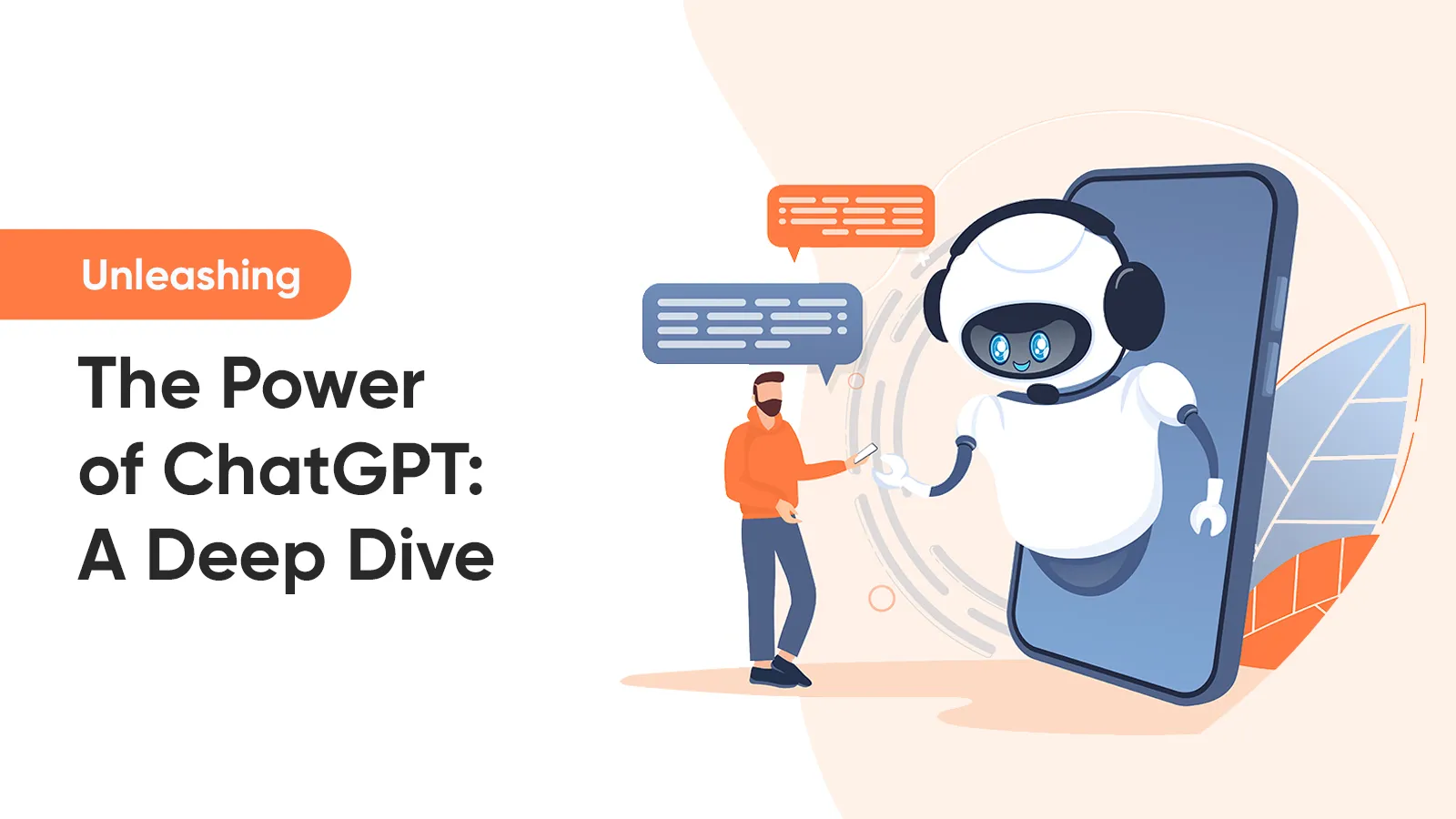MIT researchers developed ELIZA in 1966, a key milestone in chatbot history due to its keyword-enabled responses that provided a human-like conversation experience. Later, A.L.I.C.E (1995) and SmarterChild (2001) paved the way for modern chatbots. In November 2022, OpenAI introduced ChatGPT, a cutting-edge AI chatbot, backed by Microsoft's $1 billion investment. ChatGPT is part of OpenAI and the Azure AI Platform.
What Is ChatGPT?
ChatGPT was launched as a prototype on 30, November 2022. ChatGPT is a huge language model developed by the OpenAI GPT-3 family of large language models. It's grounded on the GPT( Generative Pre-trained Transformer) armature and is trained on a massive dataset of textbook data. ChatGPT can be used for colorful natural language processing tasks similar to textbook generation, textbook completion, language restatement, and conversational AI.
It can understand and respond to a wide range of inputs and give applicable and coherent responses. It's trained to respond to colorful prompts and can also continue a given environment, which makes it suitable for erecting chatbots and other conversational AI operations.
How Did ChatGPT Become Skilled/Trained?
ChatGPT was trained by OpenAI's GPT-3 family of large language models, with 175 billion parameters and 570 gigabytes of text data, surpassing its predecessor GPT-2. This larger scale allows GPT-3 to perform tasks it wasn't explicitly trained on, like language translation, and sometimes outperform models trained specifically for those tasks.
ChatGPT was also trained on internet code and data sources like Reddit, and human feedback to understand human conversation style and respond in a human-like manner. A research paper on "Training Language Models to Follow Instructions with Human Feedback" showed positive results for InstructGPT, but also room for improvement.
Limitations of ChatGPT
Some of the limitations of ChatGPT include:
- ChatGPT won't respond with harmful or toxic responses
- Quality of answers depends on quality of inputs. Poor prompts may lead to wrong answers
- ChatGPT is designed to provide answers that seem right, but they may not be correct
- Some users report wrong answers, including nonsensical ones, from ChatGPT
- OpenAI acknowledges on their website that ChatGPT can provide incorrect answers
- ChatGPT is currently free during the "research preview" phase and open for users to test and provide feedback
- OpenAI is seeking feedback to improve the AI's responses and correct any errors
Can ChatGPT Replace Google Search?
ChatGPT and Google Search serve different purposes and can't replace each other. ChatGPT is a language generation model that generates human-like text based on a prompt for tasks such as translation, summarization, and question answering. Google Search is a search engine that provides relevant information for a user's query. ChatGPT is useful for language-based tasks but can't replace Google Search as an essential tool for finding information. Google has its own AI chatbot, LaMDA, that performs close-to-human communication.
How Can ChatGPT Be Used?
ChatGPT is a powerful language generation model that can be used for a wide range of language-based tasks. Some of the approaches it may be used encompass:
- Content creation: ChatGPT can assist users in generating text for different purposes like content creation, writing, and even for coding.
- Language Translation: ChatGPT can be used for language translation by providing the text in one language and asking it to translate it to another.
- Summarization: ChatGPT can summarize long documents or articles by extracting the key points and presenting them in a condensed format.
- Question answering: ChatGPT can answer questions by providing it with a prompt that includes a question and relevant information.
- Dialogue Generation: ChatGPT can be used to generate dialogue for chatbots, virtual assistants, and other conversational systems.
- Text completion: ChatGPT can be used to complete a text given a starting prompt, it can be used in writing and coding.
- Text classification: ChatGPT can be fine-tuned to classify text into different categories based on its content.
- Language model fine-tuning: ChatGPT can be fine-tuned to perform specific tasks like sentiment analysis, named entity recognition, and more.
- Text generation: ChatGPT can be used to generate text based on a given prompt, it can be used for creative writing, poetry, song lyrics and more.
- Text-to-speech: ChatGPT can be used to generate speech from text, it can be used for assistive technology and more.
These are just a few examples of the many ways ChatGPT can be used. The model's capabilities and potential are constantly evolving as it continues to be developed and improved.
Conclusion
ChatGPT is an AI language model by OpenAI that uses machine learning to generate human-like text. It's trained on large text data to handle a variety of natural language inputs for tasks like answering questions, writing essays, and communication. Its transformer-based architecture enables it to handle long-term dependencies in input and generate coherent text. If you have any questions regarding this insight, drop us a message or connect with us.


